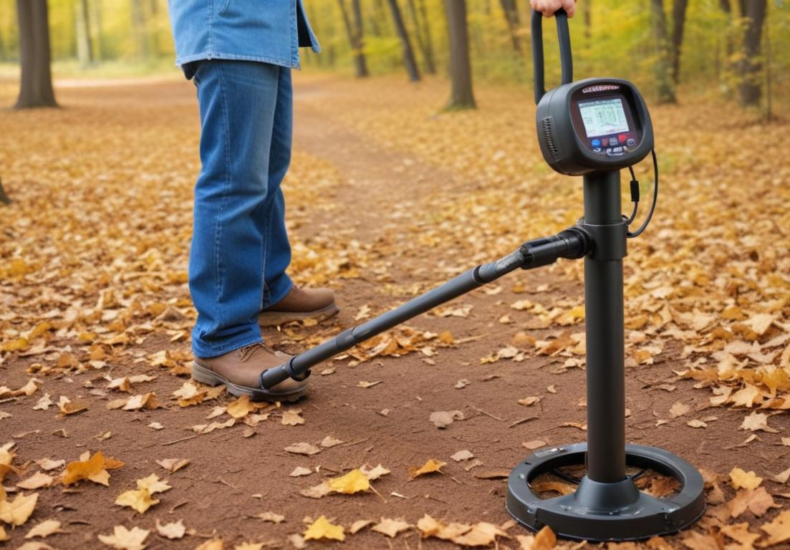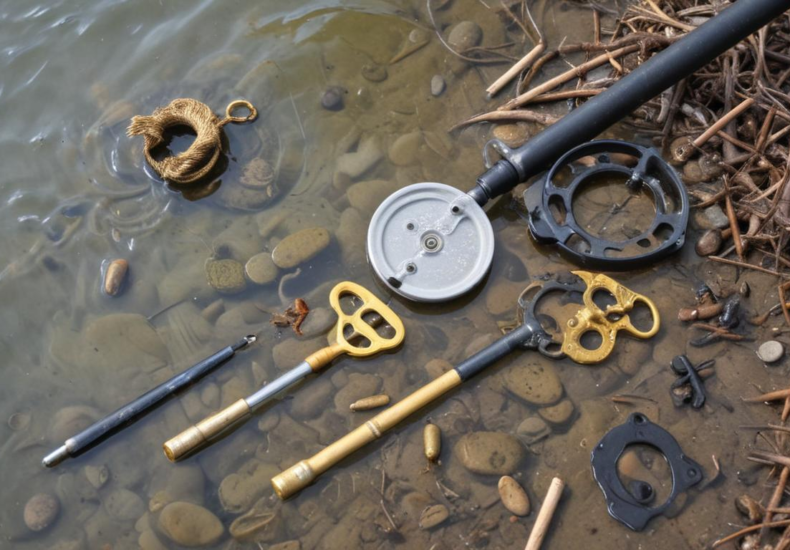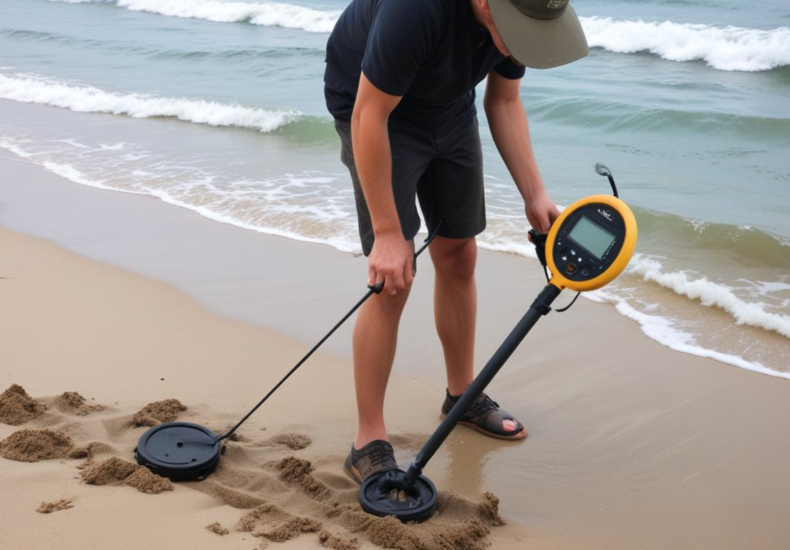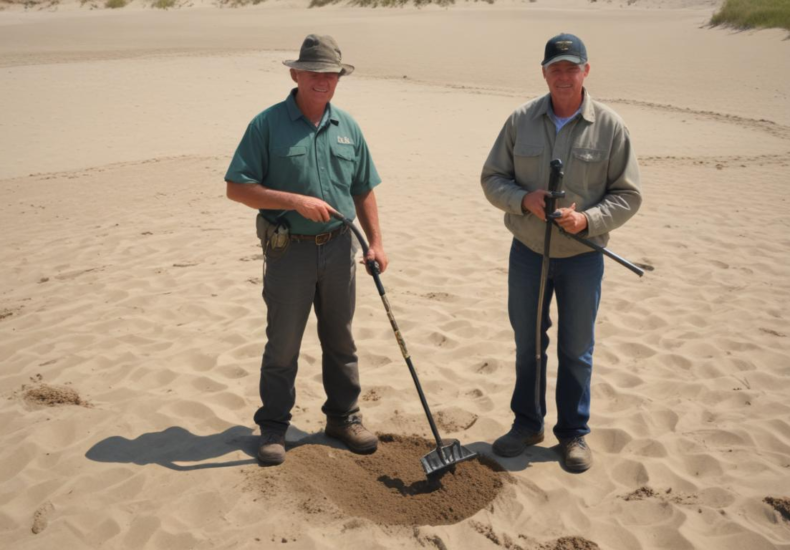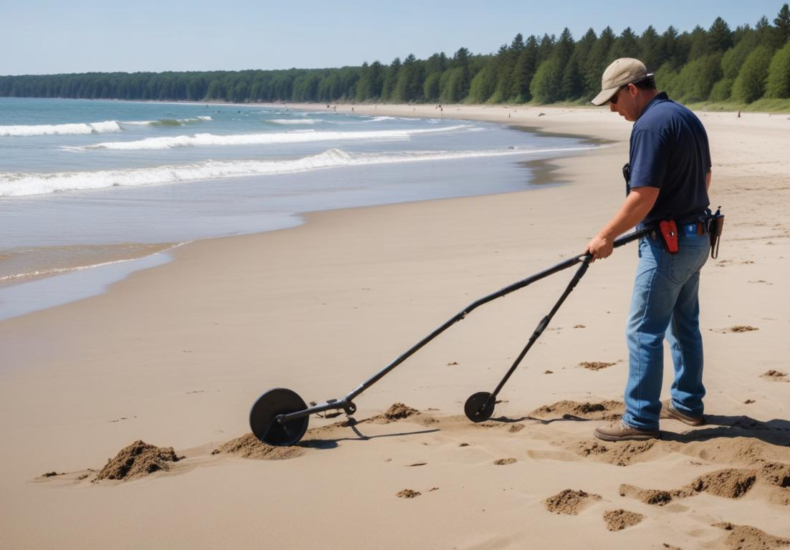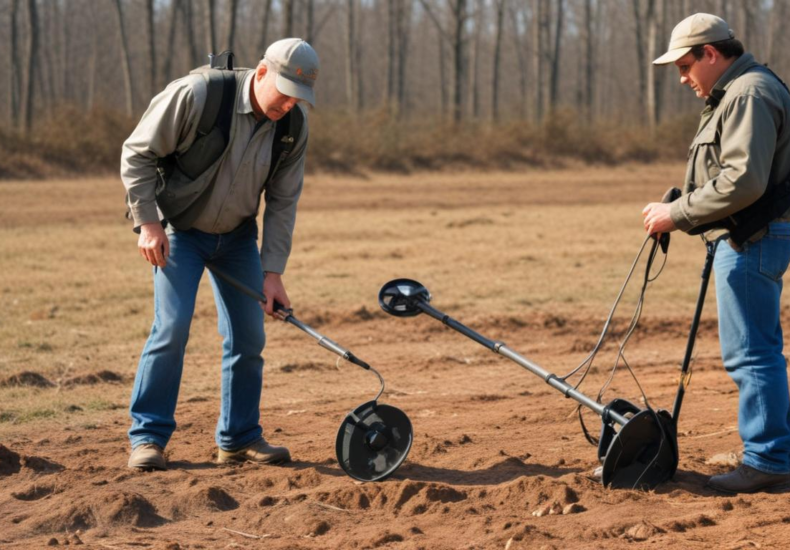Author: nelsonbort@hotmail.com
Best metal detectors under $200 for 2025
Discover key features that distinguish the best budget metal detectors under $200. Unearth the importance of sensitivity, depth indication, and coil size as crucial factors in boosting your treasure-hunting success. Explore a selection of top models each offering unique benefits, from weatherproof designs to user-friendly interfaces, geared toward enhancing the metal detecting experience for beginners and seasoned hobbyists alike.
Metal detecting and magnet fishing: key differences
Metal detecting and magnet fishing are two intriguing hobbies that share the common thrill of uncovering hidden treasures, yet they are distinctly different in practice, environment, and the types of discoveries they facilitate. Metal detecting sweeps through varied terrains to find buried artifacts, leveraging sophisticated technology to detect a range of metallic objects; magnet fishing, on the other hand, delves into aquatic settings with a strong neodymium magnet to retrieve items that hold magnetic appeal, often revealing objects steeped in story and historical significance. Each activity not only offers a unique avenue for exploration but also brings its own set of challenges and legal considerations that enthusiasts must navigate.
Using a metal detector for coin hunting
Choosing the right metal detector for coin shooting involves considering multiple factors, from the device’s sensitivity and discrimination capabilities to the ideal search coil size, frequency range, and ergonomic features. While advanced models offer extensive functionalities that boost detection, mid-range and even entry-level detectors can adequately serve most hobbyists. Understanding how to utilize your detector’s settings effectively—such as sensitivity, discrimination and ground balance—is crucial for optimizing your coin hunting success in diverse terrains. Additionally, mastering various techniques and maintaining the cleanliness and preservation of your finds will enhance both your experience and the value of your treasures.
How weather conditions affect metal detecting
Ambient temperatures play a crucial role in shaping the efficiency of metal detectors. Extreme temperatures can impair device components, affecting both signal accuracy and battery life, while temperature fluctuations might alter a detector’s sensitivity and the soil’s condition. Understanding these impacts is essential for enthusiasts aiming to optimize their detecting techniques across varying environmental scenarios.
Tips for metal detecting in old homesteads
Unearthing hidden treasures from old homesteads requires more than just a metal detector. To truly enhance your chances of discovering valuable relics, a deep dive into the property’s history is essential. Learn how mapping historical research, employing systematic search techniques, and understanding preservation can transform your metal detecting into a thrilling archaeological adventure. Discover the tools, strategies, and legal knowledge necessary to responsibly explore and preserve pieces of the past, making every find a link to significant historical insights.
Finding buried treasure with a metal detector
Metal detectors, essential tools for treasure hunters, vary widely in type and function, each suited to specific environments and targets. From the discrimination prowess of VLF detectors in minimally mineralized soils to the depth-seeking capabilities of PI detectors in saltwater beaches, choosing the right metal detector is crucial for success in unearthing hidden treasures. Moreover, prospective adventurers must navigate a complex landscape of legal considerations, including permits and treasure trove laws, that differ by location and can greatly impact the legality and ethics of their endeavors.
How deep can a metal detector really detect?
Exploring the factors that influence the detection capabilities of metal detectors, key elements ranging from search coil size to operating frequency play crucial roles. Discover how the material, size, and shape of objects, along with the detector’s settings, shape the success of uncovering hidden treasures beneath the ground. Dive into this insightful analysis to understand the complex science and engineering behind effective metal detection.
Common mistakes to avoid when metal detecting
Proper research and planning can revolutionize your metal detecting experience, turning routine scans into thrilling treasure hunts. Discovering the correct settings and sites, respecting legal and environmental guidelines, and maintaining your equipment are critical steps to success. Dive into the shared wisdom of experienced detectorists and local clubs to avoid common pitfalls and maximize your finds without harming historical or natural venues.
Where to legally use a metal detector in the US
Navigating the labyrinth of laws governing metal detecting in the U.S. requires an understanding of federal, state, and local regulations designed to protect the nation’s archaeological and historical sites. While federal laws set broad standards, specific rules can vary significantly from state parks to national forests, with some locations demanding permits and others imposing strict prohibitions. For enthusiasts, familiarizing themselves with these varying guidelines is crucial to ensure those engaging in metal detecting do so responsibly and legally, thereby preserving the integrity of significant historical landscapes.
The evolution of metal detector technology
Tracing back to the late 19th century, metal detector technology has evolved from rudimentary designs to sophisticated devices that play critical roles in various sectors today. Alexander Graham Bell’s early attempt to create a device for medical purposes has paved the way for numerous applications, from warfare mine detection to modern uses in public safety and environmental conservation. This journey reflects not only remarkable technological advancements but also the adaptability of metal detectors to meet diverse, ever-changing needs across industries.
Archives
Calendar
| M | T | W | T | F | S | S |
|---|---|---|---|---|---|---|
| 1 | 2 | |||||
| 3 | 4 | 5 | 6 | 7 | 8 | 9 |
| 10 | 11 | 12 | 13 | 14 | 15 | 16 |
| 17 | 18 | 19 | 20 | 21 | 22 | 23 |
| 24 | 25 | 26 | 27 | 28 | 29 | 30 |
